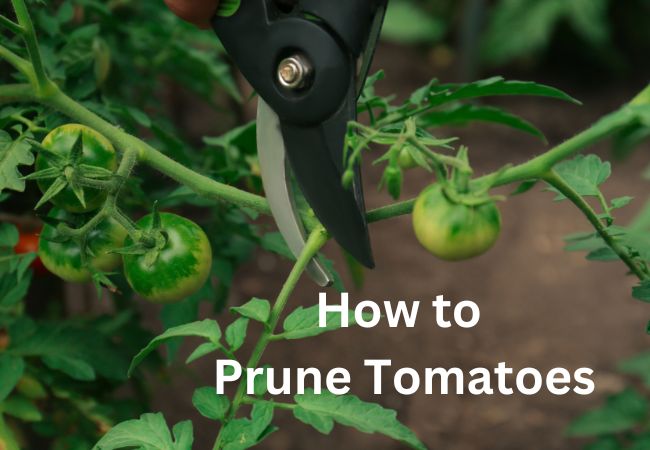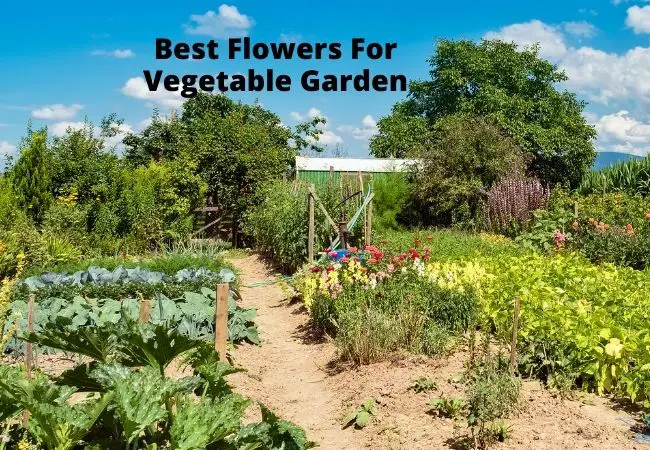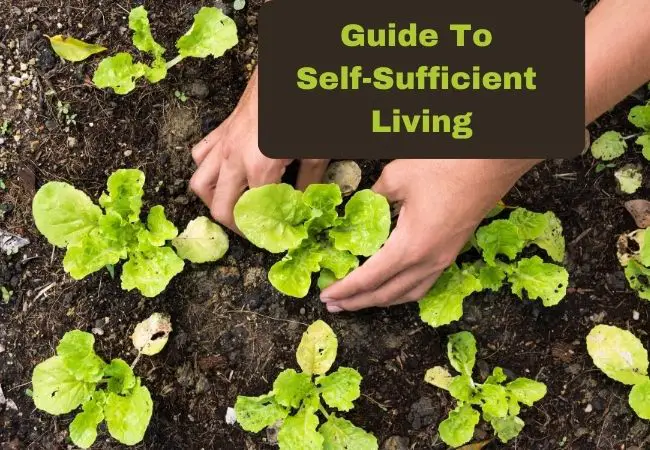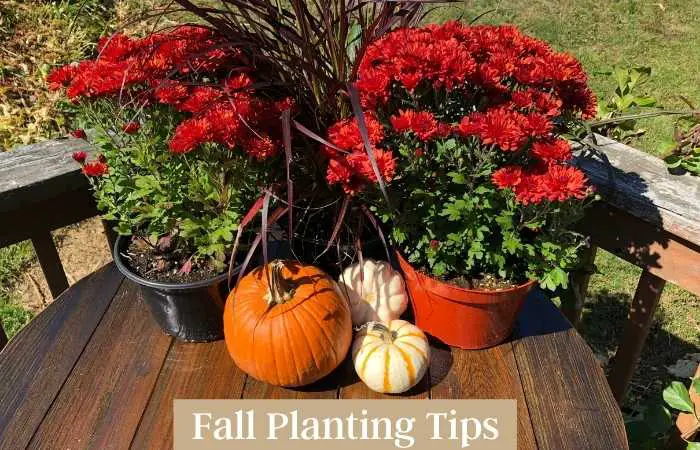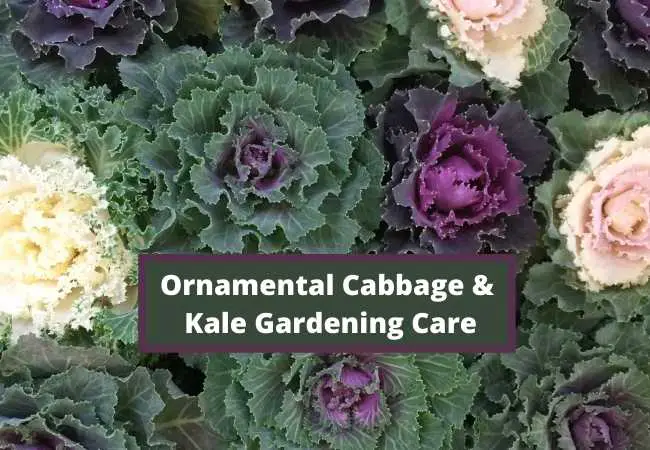Garlic Growing Step-By-Step Guide
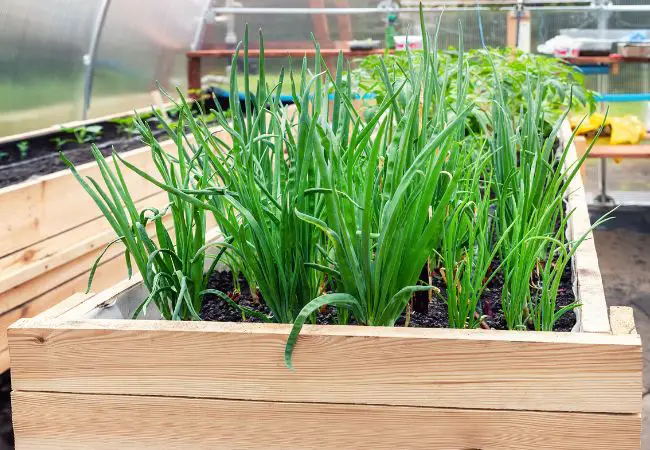
My easy garlic growing step-by-step guide has helped me get a bountiful harvest that lasts me all year long. I love garlic because it’s an incredibly versatile and delicious ingredient that I use in many different cuisines.
Garlic Growing Step-by-Step Guide
Not only is garlic packed with flavor, but it also has many health benefits, including boosting the immune system and lowering blood pressure. If you’re a garlic lover like me, you might be interested in growing your own garlic.
Fortunately, garlic is relatively easy to grow, even for beginners. In this garlic growing guide, I’ll cover everything you need to know to grow your own garlic successfully.
Importance of Garlic
Garlic has been used for centuries for both culinary and medicinal purposes. It’s rich in vitamins and minerals and has been shown to have numerous health benefits, including boosting the immune system, reducing inflammation, and improving heart health.
Benefits of Growing Your Own Garlic
Growing your own garlic has many benefits, including ensuring that you have a steady supply of fresh garlic, saving money, and being able to control the quality of the garlic you eat. Additionally, I also grow my own garlic because it’s a fun and rewarding experience.
Overview of the Garlic Growing Process
In this garlic growing step-by-step guide, I break down the process of growing garlic into several stages: planning and preparation, planting, caring for the plants, harvesting, and troubleshooting any problems that arise.
Garlic Planning and Preparation
Choosing the Right Variety of Garlic
When it comes to choosing the right variety of garlic to grow, there are two main types to consider: hardneck and softneck.
Hardneck garlic is known for its strong flavor and is better suited for colder climates, while softneck garlic is milder and grows well in warmer climates.
There are many different varieties of each type to choose from, so do your research to find the one that’s best suited for your region and taste preferences.
Selecting Garlic Planting Location
Garlic prefers to grow in full sun, so choose a location that gets at least six hours of direct sunlight each day. The soil should be well-draining and rich in organic matter.
Garlic also prefers a pH between 6.0 and 7.0, so it’s a good idea to test your soil and adjust the pH if necessary.
Preparing the Soil
Prepare the soil by adding compost, well-rotted manure, or another organic matter to improve its structure and nutrient content. Garlic also prefers loose, well-draining soil, so consider adding sand or perlite if your soil is heavy or clay-like.
Timing the Planting
I have found the best time to plant garlic is in the fall, about four to six weeks before the first hard frost. In most regions, this means planting garlic in September or October. Check this post on how to establish a fall vegetable garden.
Planting in the fall allows the garlic to establish a strong root system over the winter, which will help it grow strong and healthy in the spring.
How To Plant Garlic
Breaking Apart the Garlic Bulbs
Before planting, break apart the garlic bulbs into individual cloves. Be sure to keep the papery skin intact, as it will protect the clove during planting.
Preparing Individual Cloves for Planting
Once you’ve separated the cloves, select the largest, healthiest cloves to plant. Remove any loose or damaged outer layers of skin, but leave the rest of the skin intact.
Planting Depth and Spacing
Plant garlic cloves about 2-3 inches deep and 6-8 inches apart, with the pointed end facing up. Space the rows about a foot apart to allow for easy weeding and harvesting.
Mulching the Garlic Bed
After planting, I cover the bed with a layer of organic mulch, such as straw or shredded leaves. This will help to retain moisture, suppress weeds, and insulate the garlic during the winter months.
Caring for Garlic
Watering and Irrigation
Garlic needs consistent moisture throughout its growing season, but it’s important not to overwater, as this can lead to rotting. I water deeply once a week or more frequently if the weather is hot and dry.
Fertilizing the Garlic Plants
Garlic is a heavy feeder and requires regular fertilization. Apply a balanced fertilizer, such as a 10-10-10 or 5-10-5, in early spring before the plants begin to produce scapes.
Avoid using high-nitrogen fertilizers, as this can cause the garlic to produce large leaves at the expense of bulb development.
Controlling Weeds and Pests
Weeds can compete with garlic for nutrients and water, so it’s important to keep the garlic bed weed-free. Hand weeding is the safest and most effective method of weed control.
Garlic is generally resistant to pests and diseases, but occasional problems can arise. Garlic bulb mites and onion maggots can damage the bulbs, while fungal diseases like white rot and downy mildew can affect the foliage.
To prevent these issues, practice good sanitation, rotate crops, and avoid overwatering. Garlic that has been affected by pests and diseases doesn’t produce healthy bulbs.
Pruning Garlic Scapes
In early summer, garlic plants will begin to produce curly scapes which are green shoots that emerge from the center of the plant.
While the scapes are edible and delicious, leaving them on the plant can divert energy away from the bulb. To encourage larger bulb growth, cut the scapes off when they’re about 8-10 inches long.
Harvesting Garlic
Timing the Harvest
Garlic is usually ready to harvest in mid to late summer, depending on the variety and climate. The garlic leaves will start to yellow and dry out, indicating that the bulbs are ready to be harvested.
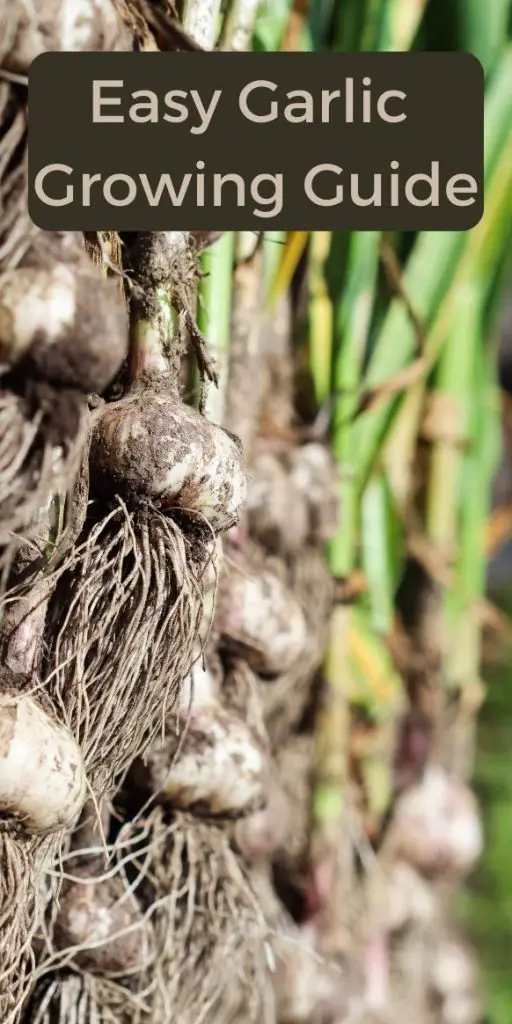
Signs that Garlic is Ready for Harvest
To check if the garlic is ready for harvest, gently dig around the base of the plant with a garden fork. The bulbs should be firm and well-formed, with no signs of softness or rot.
Digging Up the Garlic Bulbs
Carefully lift the garlic bulbs out of the ground, being careful not to damage them. Shake off any excess soil and trim the roots and leaves, leaving about an inch or 2 of stem attached.
Curing and Storing Garlic
To cure garlic, hang the bulbs in a dry, well-ventilated area for 2-4 weeks. This will allow the outer layers of skin to dry and form a protective layer around the bulb.
Once the garlic is cured, store it in a cool, dry place with good air circulation. Avoid storing garlic in the refrigerator, as this can cause the bulbs to sprout.
Troubleshooting Garlic Growing Problems
Common Problems with Garlic
While garlic is generally easy to grow, there are a few common issues that can arise. These include poor bulb development, yellowing leaves, and fungal diseases like white rot and downy mildew.
Identifying and Treating Garlic Diseases
To prevent fungal diseases like white rot and downy mildew, practice good sanitation and avoid overwatering. If you notice signs of a fungal infection, such as white, powdery patches on the leaves or bulbs, remove and dispose of the affected plants to prevent the spread of the disease.
Dealing with Pests and Other Garlic Pests
Garlic bulb mites and onion maggots can damage garlic bulbs. To prevent these pests, rotate crops and avoid planting garlic in the same location for several years in a row.
If you do notice signs of pest damage, remove and dispose of the affected plants and treat the remaining plants with insecticidal soap or neem oil.
Improving Garlic Yield and Quality
To improve garlic, yield, and quality, it’s important to choose the right variety for your climate and soil conditions.
Plant the cloves at the correct depth, provide consistent moisture and fertilization, and prune the scapes to encourage bulb growth. Additionally, practicing crop rotation and good sanitation can help prevent disease and pest problems.
Final Thoughts On Growing Garlic
I have found that growing garlic is a rewarding and relatively easy process that yields delicious, healthy bulbs. If you follow this simple garlic growing step-by-step guide, you will successfully grow garlic in your own garden and enjoy the benefits of fresh, flavorful garlic throughout the year.
Remember to choose the right variety for your climate and soil conditions, plant the cloves at the correct depth, provide consistent moisture and fertilization, and prune the scapes to encourage bulb growth.
With a little patience and care, you can enjoy a bountiful garlic harvest year after year. Don’t forget to follow my Pinterest account Multigardening for more awesome gardening posts.

